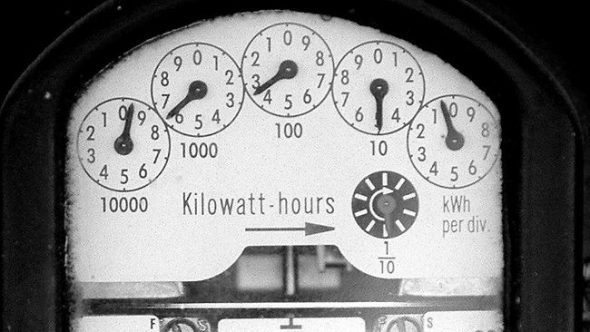In the past week, Australians have seen two very different contributions to energy policy debate – the CSIRO’s Future Grid Forum Report analysing electricity trends to 2050 and the Grattan Institute’s ‘Shock to the System’.
The CSIRO analysis provided detailed projections under four scenarios, following 14 months of integrated modelling overseen by 120 representatives of the energy sector, consumers and other stakeholders. It confronted the potential for significant changes, analysing scenarios in which up to 45% of electricity is generated off-grid and up to one-third of consumers disconnect from the Grid.
By contrast, the Grattan Institute report claimed, without evidence, that network businesses had deliberately overinvested, earned excessive rates of return and breezily called for retrospective asset write-downs to be paid for by investors or taxpayers.
You can guess which study was more widely reported.
The changes in customer demand and technology do create significant challenges for network businesses and consumers. There is the real potential that network utilisation will decline over time as consumers use the same network infrastructure less intensely, to meet peak demand or backup supply.
However, technology is more an opportunity than a threat to network service delivery, as embedded generation can help defer network augmentation driven by peak demand and battery storage and Electric Vehicles may improve the network load profile.
The electricity grid will provide fundamentally different services and enable new markets in the future, but it remains highly competitive as a source of efficient, reliable and safe supply. The most centralised scenario in the Future Grid Forum report actually requires the lowest capital and operating expenditure of all four scenarios and is about $200 billion less than the scenario where one-third of customers disconnect.
The “Rise of the Prosumer” scenario suggests the biggest risk to annual electricity bills for residential customers is irrational overinvestment in onsite generation. In this scenario, which has the highest level of onsite generation (45%), residential bills are about $600 per annum (or 30%) higher by 2050 than the other three scenarios.
However there are real risks for consumers in how we manage the future regulatory environment.
To protect electricity customers, Australia will need a stable investment environment and predictable regulatory framework, where investors are confident to invest in long-life infrastructure.
It’s not logical to claim, as the Grattan Institute does, that network returns are currently too high, while effectively calling for them to be increased in a riskier environment of asset write-downs. The report admits this would ‘greatly increase the price that would have to be paid to attract investors’.
Even in the most decentralised future in the CSIRO modelling over $300 billion in investment will need to be funded and consumers have a direct interest in ensuring Australia can source that capital by providing a stable, low risk environment.
It’s also a little misleading to compare stable network revenues to those in the generation sector, which has the capacity to make unrestricted profits or losses in a competitive market. Network businesses receive very low rates of return from independent regulators on the basis that they are funding long-life infrastructure in a low-risk environment.
Electricity costs will go up – not down – if networks are treated like generators as the Grattan Institute suggests. If network investors required the same risk premium as the electricity generation sector, the cost of finance would be at least $2.8 billion higher over a five-year regulatory period – a hit of at least $60 per year to household electricity bills.
The important take-home message from both reports is that Network Tariff reform is required to ensure fairness and to minimise costs.
The potential for dynamic changes in technology and customer preferences mean tariff structures need to evolve to achieve fair cost recovery from all grid customers as the use of the grid changes over time.
Without tariff reform, there will be distorted incentives for consumers making future energy choices and hidden signals to reduce peak demand, the key driver of network costs.
Network businesses are embracing the potential for change in the role of networks, including new services and connections, new technologies and transformed customer relationships. This is already changing business models and services within the sector.
Network service providers are adopting innovative approaches to planning and operations, including assessing non-network solutions, recognising demand uncertainty by providing more optionality and improving network utilisation.
John Bradley is Chief Executive Officer of the Energy Networks Association










